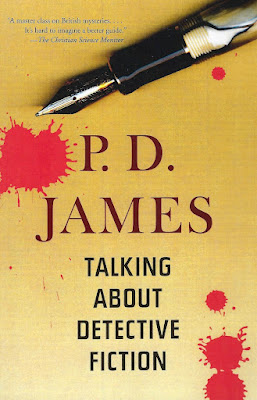I began reading the stories in Mistletoe Mysteries in 2014, and this week I finally finished the book. The last story was "Silent Night" by Marcia Muller. I have not read much by this author. I read the first book in her Sharon McCone series (which consists of 35 books, published between 1977 and 2021), and now I have read some of her short stories.
"Silent Night" features Sharon McCone. Sharon's nephew has run away from home at 14, and has been missing for 5 days; his family lives in Pacific Palisades, California. On Christmas Eve, Sharon learns that he has been spotted in San Francisco, where Sharon lives. Of course, she starts looking for him immediately, first checking out homeless encampments near where he was last seen. This is a sentimental Christmas story, but not overly so.
This week, I also decided to read more stories from A Moment on the Edge, edited by Elizabeth George. Coincidentally the next unread story in the book was also by Marcia Muller, "Wild Mustard." This was also an early Sharon McCone story, first published in 1984 in The Eyes Have It.
In "Wild Mustard," Sharon becomes interested in an old Japanese woman who she notices digging for plants on a slope near the Sutro Baths ruins in San Francisco. Sharon visits a restaurant in that area every Sunday with a friend, and they usually see the old woman collecting more plants. One day she decides to ask the woman what she is doing; she explains that is picking wild mustard, which she tells Sharon is very good for her. It is clear she has little money and uses the plants that grow on the slope to supplement her diet. One Sunday, months later, Sharon notices that the old woman is not on the slope digging away as usual and follows up. It is a sad story, not really a crime story, but very readable.
Reading both of these stories has encouraged me to read some more books from the Sharon McCone series by Muller.
The first post I wrote about A Moment on the Edge is here, and has more details on that anthology.







































